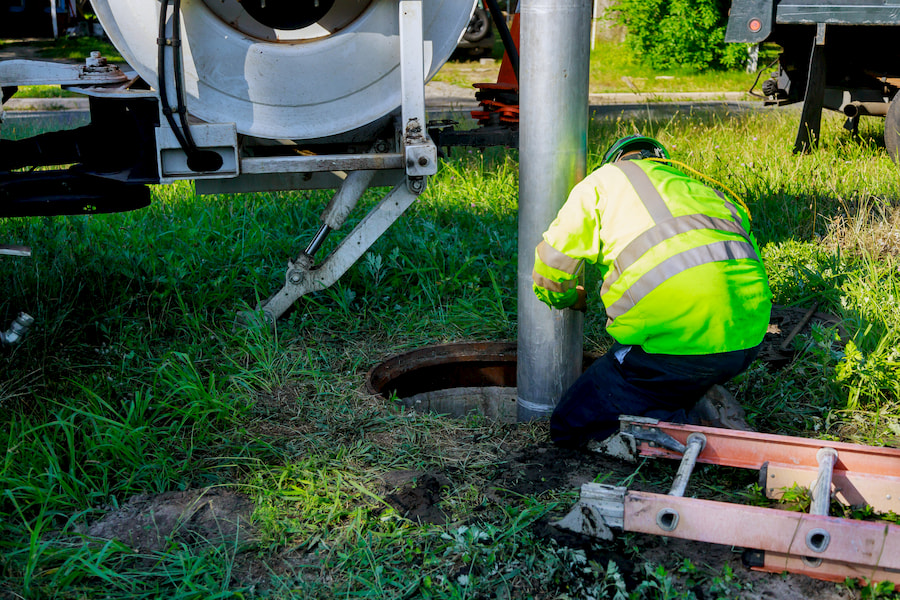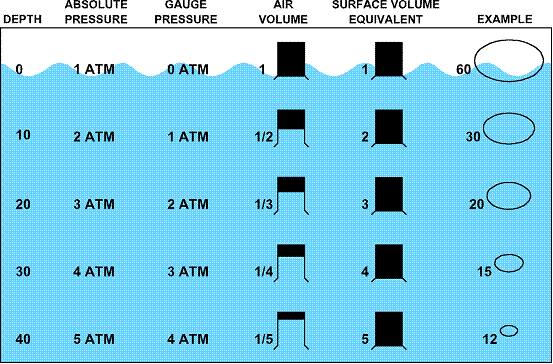1. Clogged Drain
If your kitchen sink is backing up on both sides, the first thing you should check for is a clogged drain. This is a common problem that can happen due to a variety of reasons. Food particles, grease, and other debris can easily get stuck in the drain, causing water to back up and not drain properly. To fix this issue, you can try using a plunger or a drain snake to remove the clog.
2. Plunger
A plunger is a simple and effective tool for unclogging drains. It works by creating suction and pushing the clog through the pipes. To use a plunger, make sure there is enough water in the sink to cover the rubber part of the plunger. Place the plunger over the drain and push up and down several times to create suction. If the clog is stubborn, you may need to repeat this process several times.
3. Drain Snake
If the plunger doesn't work, you can try using a drain snake. This tool is designed to reach further down the pipe and break up any clogs. Insert the snake into the drain and twist it as you push it down. This will help to break up any debris and allow water to flow freely again. Once you have cleared the clog, run hot water down the drain to flush out any remaining residue.
4. Baking Soda and Vinegar
If you prefer a more natural approach, you can use a combination of baking soda and vinegar to unclog your kitchen sink. Start by pouring half a cup of baking soda down the drain, followed by half a cup of vinegar. Let this mixture sit for about 15 minutes before flushing it with hot water. The chemical reaction between the two ingredients will help to break up any clogs and keep your drain smelling fresh.
5. Plumber
If you have tried all of the above methods and your kitchen sink is still backing up, it may be time to call a professional plumber. They have the tools and expertise to properly diagnose and fix the issue. Plus, if the problem is more serious and requires extensive repairs, a plumber will be able to handle it with ease.
6. Garbage Disposal
If you have a garbage disposal, it could be the cause of your kitchen sink backing up on both sides. Over time, food particles can build up in the disposal and cause clogs. To fix this, turn off the power to the disposal and use tongs or pliers to remove any debris. You can also try running hot water and dish soap down the disposal to help break up any residue.
7. Grease Buildup
Another common cause of a clogged kitchen sink is grease buildup. When cooking, it is important to properly dispose of grease and oils. Pouring them down the drain can lead to a buildup of grease, which can cause clogs and backups. To prevent this, pour grease into a container and dispose of it in the trash.
8. Septic Tank
If you have a septic tank, a backed-up kitchen sink could be a sign of a full tank. This can happen if the tank hasn't been pumped in a while or if there is a problem with the tank itself. It is important to regularly maintain your septic tank to prevent backups and other issues. Contact a professional to have your tank pumped and inspected if you suspect this may be the cause.
9. Sewer Line
In some cases, a backed-up kitchen sink could be a sign of a problem with the main sewer line. If this is the case, you may notice backups in other drains and toilets in your home as well. This is a more serious issue that requires the help of a professional plumber to repair. They will be able to inspect your sewer line and make any necessary repairs.
10. Water Pressure
In rare cases, a backed-up kitchen sink could be a result of low water pressure. This can happen if there is a problem with the water supply or if there is a leak in the pipes. If you suspect low water pressure is the cause, contact your water provider to check for any issues with the supply. If there is a leak, a plumber can help to fix it and restore water pressure to your home.
If your kitchen sink is backing up on both sides, don't panic. Follow these tips to unclog your drain and get your sink working properly again. Remember to regularly maintain your drains to prevent backups and call a professional if you are unable to fix the issue yourself. With the right tools and knowledge, you can keep your kitchen sink running smoothly and avoid any future problems.
The Importance of Proper Plumbing in House Design
Preventing Kitchen Sink Backups on Both Sides
 When it comes to designing a house, most people focus on the aesthetics and functionality of the space. While these are important aspects, one should not overlook the importance of proper plumbing in house design. A common problem that homeowners face is a kitchen sink backing up on both sides. This not only causes inconvenience but also poses health hazards and potential property damage. In this article, we will discuss the importance of proper plumbing in preventing kitchen sink backups on both sides.
Proper Drainage System
The first step in preventing kitchen sink backups is to ensure that your house has a proper drainage system. This includes the installation of pipes, vents, and traps that allow the flow of water and prevent clogs. Regular maintenance and cleaning of these systems is crucial in avoiding any blockages that may lead to a sink backup.
Correct Pipe Sizing
Another important factor in preventing kitchen sink backups is the correct sizing of pipes. If the pipes are too small, they may get easily clogged with food debris and grease, causing backups. On the other hand, if the pipes are too large, the water flow may be too slow, leading to a buildup of food particles. It is essential to consult a professional plumber to ensure that the pipes are correctly sized for optimal water flow.
Proper Disposal of Food Waste
One of the main culprits of kitchen sink backups is the improper disposal of food waste. Many homeowners tend to pour cooking oil and grease down the sink, which solidifies and clogs the pipes. It is crucial to dispose of food waste in the trash or invest in a garbage disposal unit, which grinds food particles into smaller pieces before flushing them down the drain.
Regular Plumbing Inspections
Even with proper installation and maintenance, plumbing systems can deteriorate over time. It is essential to schedule regular plumbing inspections to identify any potential issues and address them before they escalate into bigger problems. A professional plumber can also provide tips on how to prevent kitchen sink backups and ensure the proper functioning of your drainage system.
In conclusion, proper plumbing is crucial in house design to prevent kitchen sink backups on both sides. It not only ensures the smooth functioning of your home's drainage system but also helps in maintaining a healthy and hygienic living space. By following the tips mentioned above and seeking the help of a professional plumber, you can prevent kitchen sink backups and avoid any potential damage to your property. Remember, prevention is always better than cure when it comes to household plumbing issues.
When it comes to designing a house, most people focus on the aesthetics and functionality of the space. While these are important aspects, one should not overlook the importance of proper plumbing in house design. A common problem that homeowners face is a kitchen sink backing up on both sides. This not only causes inconvenience but also poses health hazards and potential property damage. In this article, we will discuss the importance of proper plumbing in preventing kitchen sink backups on both sides.
Proper Drainage System
The first step in preventing kitchen sink backups is to ensure that your house has a proper drainage system. This includes the installation of pipes, vents, and traps that allow the flow of water and prevent clogs. Regular maintenance and cleaning of these systems is crucial in avoiding any blockages that may lead to a sink backup.
Correct Pipe Sizing
Another important factor in preventing kitchen sink backups is the correct sizing of pipes. If the pipes are too small, they may get easily clogged with food debris and grease, causing backups. On the other hand, if the pipes are too large, the water flow may be too slow, leading to a buildup of food particles. It is essential to consult a professional plumber to ensure that the pipes are correctly sized for optimal water flow.
Proper Disposal of Food Waste
One of the main culprits of kitchen sink backups is the improper disposal of food waste. Many homeowners tend to pour cooking oil and grease down the sink, which solidifies and clogs the pipes. It is crucial to dispose of food waste in the trash or invest in a garbage disposal unit, which grinds food particles into smaller pieces before flushing them down the drain.
Regular Plumbing Inspections
Even with proper installation and maintenance, plumbing systems can deteriorate over time. It is essential to schedule regular plumbing inspections to identify any potential issues and address them before they escalate into bigger problems. A professional plumber can also provide tips on how to prevent kitchen sink backups and ensure the proper functioning of your drainage system.
In conclusion, proper plumbing is crucial in house design to prevent kitchen sink backups on both sides. It not only ensures the smooth functioning of your home's drainage system but also helps in maintaining a healthy and hygienic living space. By following the tips mentioned above and seeking the help of a professional plumber, you can prevent kitchen sink backups and avoid any potential damage to your property. Remember, prevention is always better than cure when it comes to household plumbing issues.





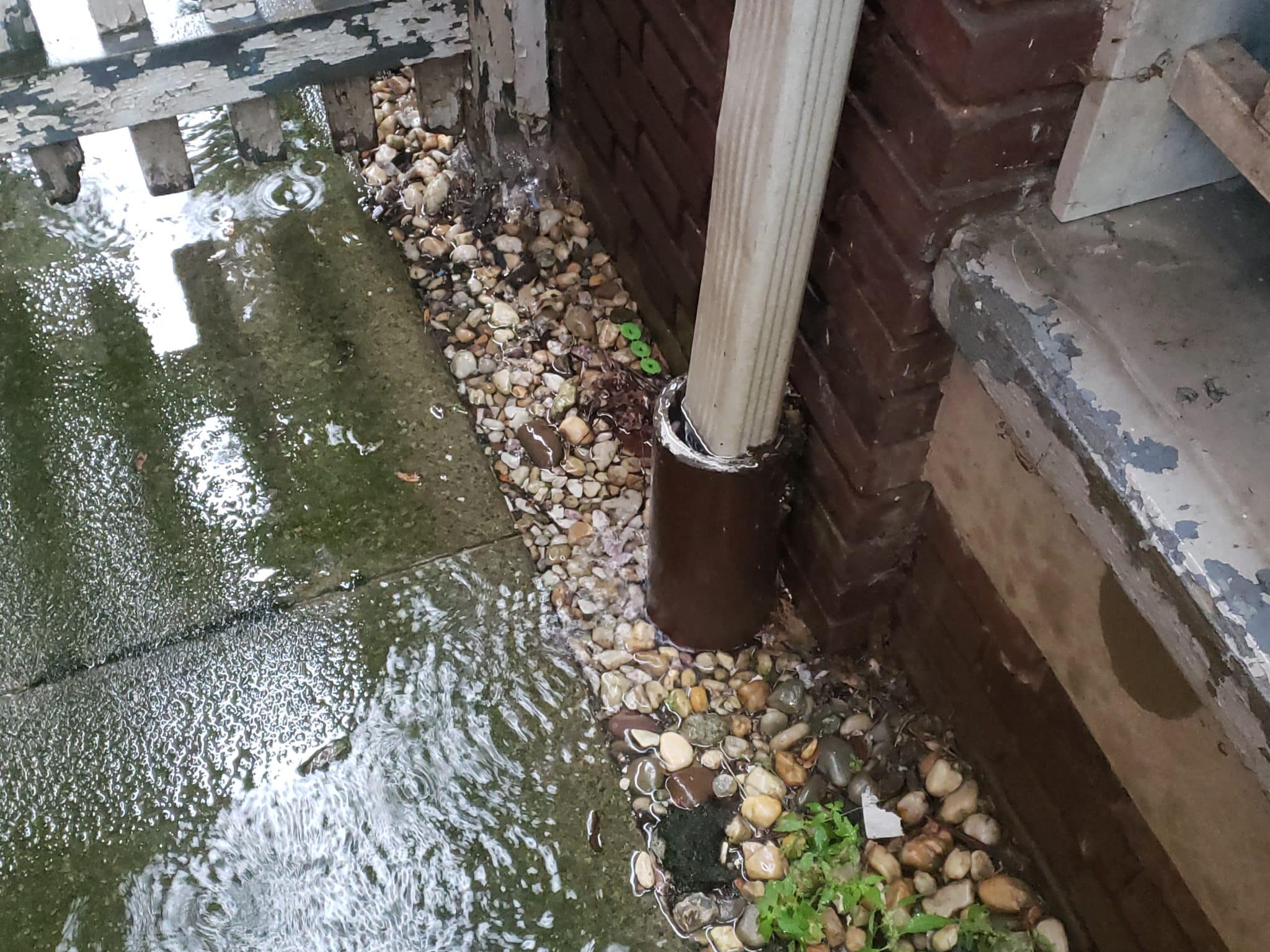

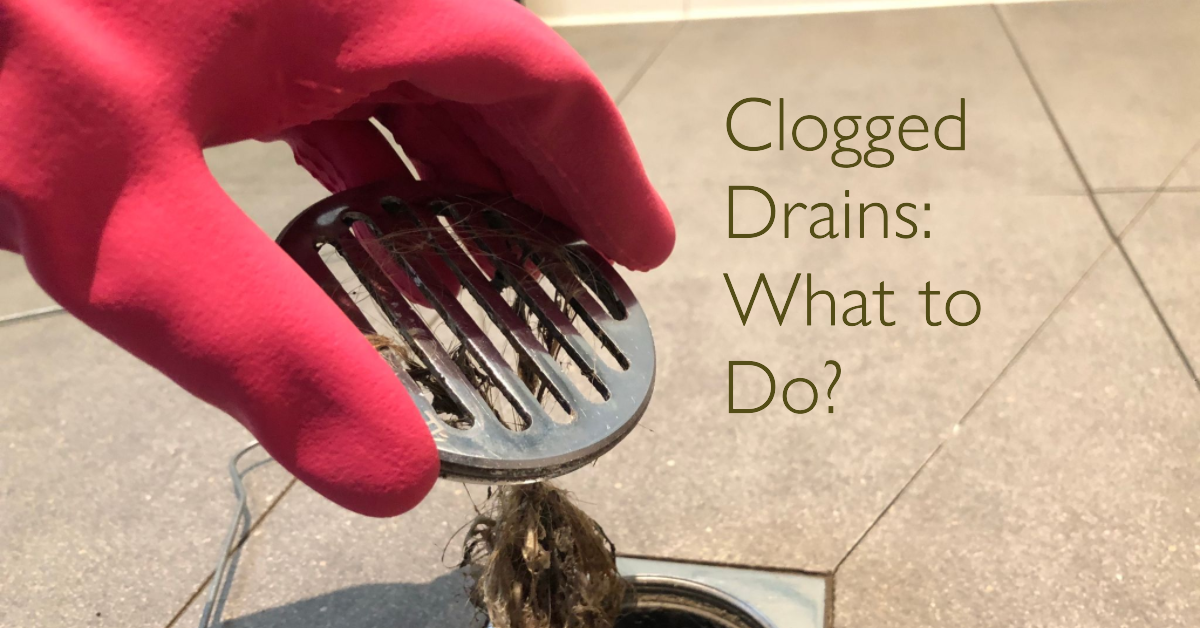



/cdn.vox-cdn.com/uploads/chorus_asset/file/19616741/drain_xl_0.jpg)










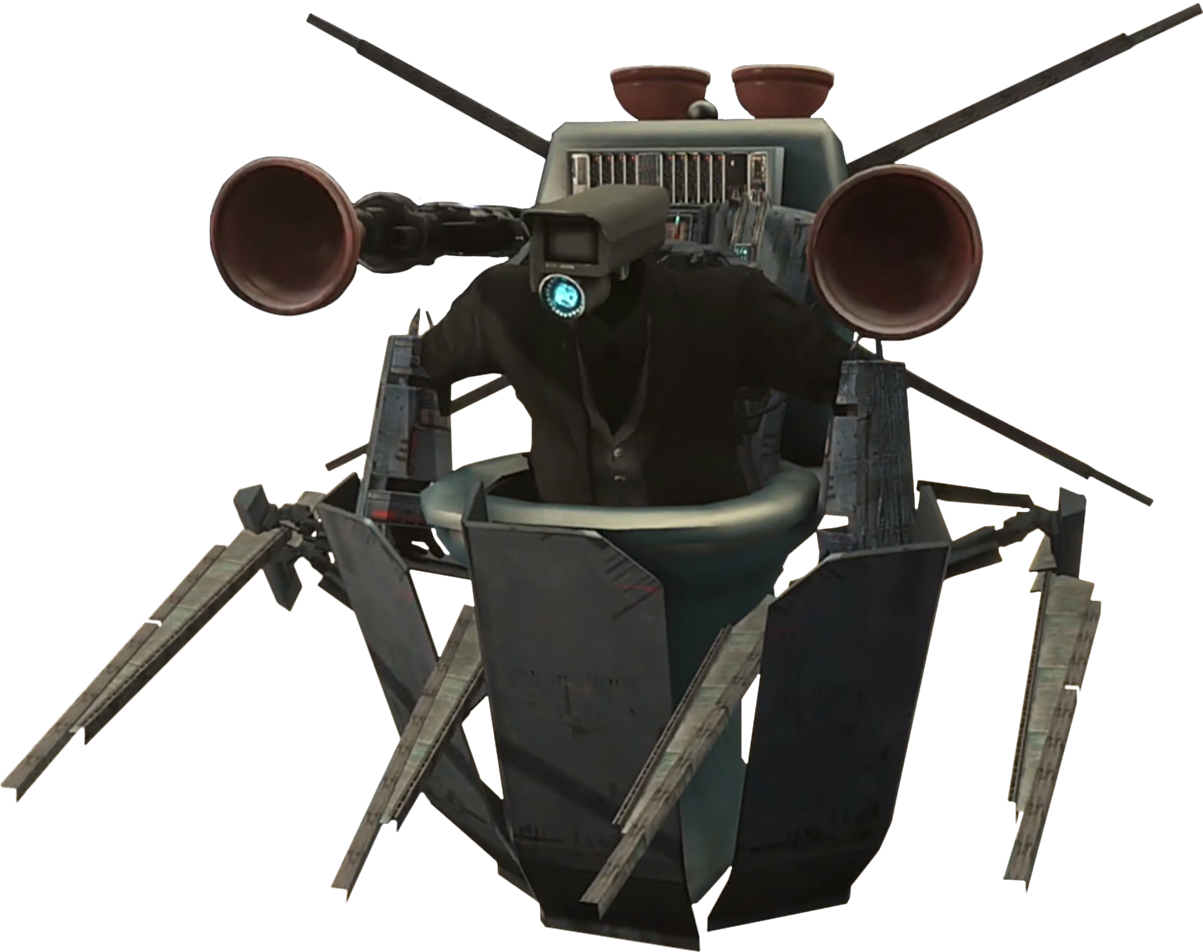



















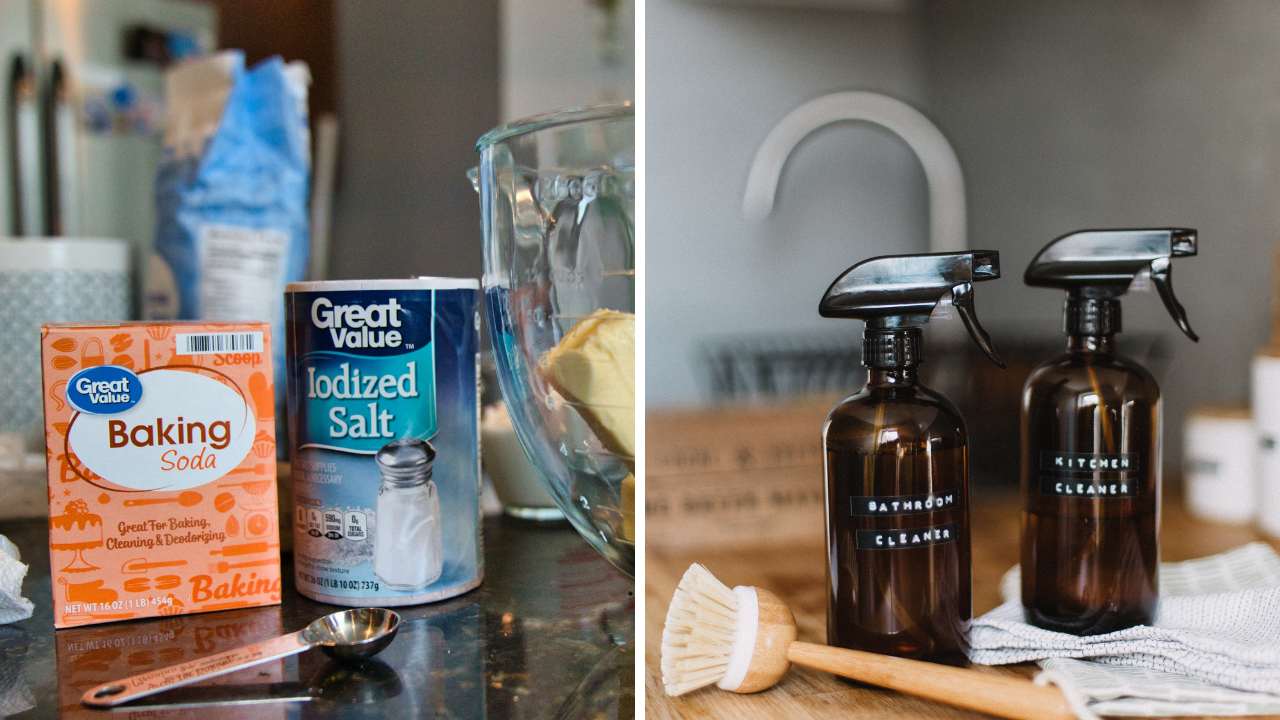
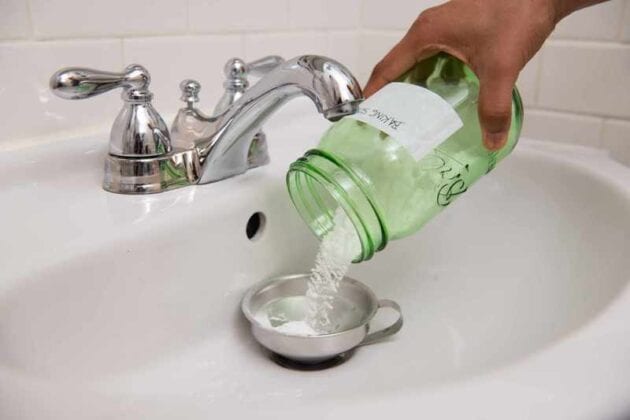








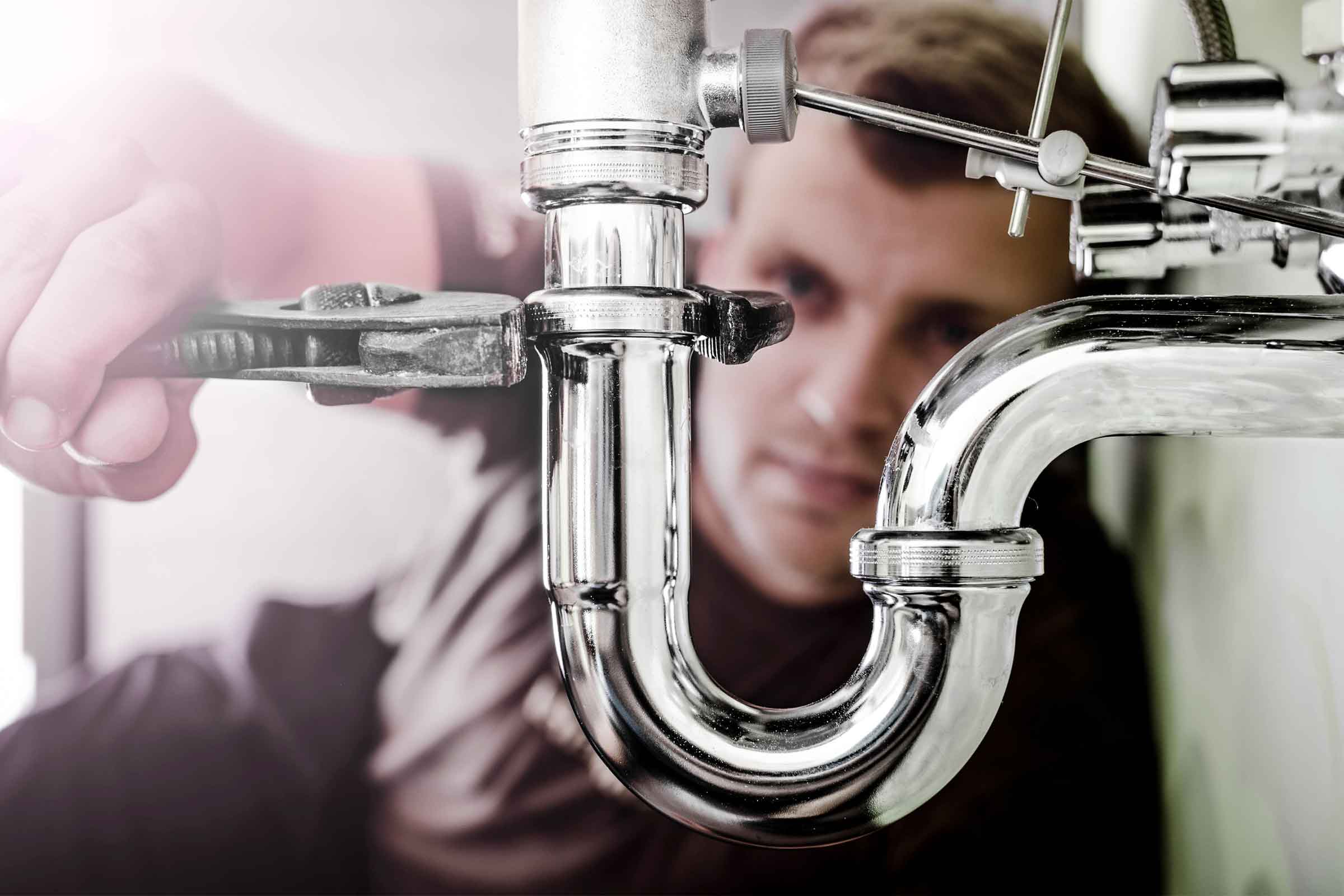






:max_bytes(150000):strip_icc()/garbage-disposal-installation-1824830-01-73cf0263b344447488ed8e15f7f2bc78.jpg)



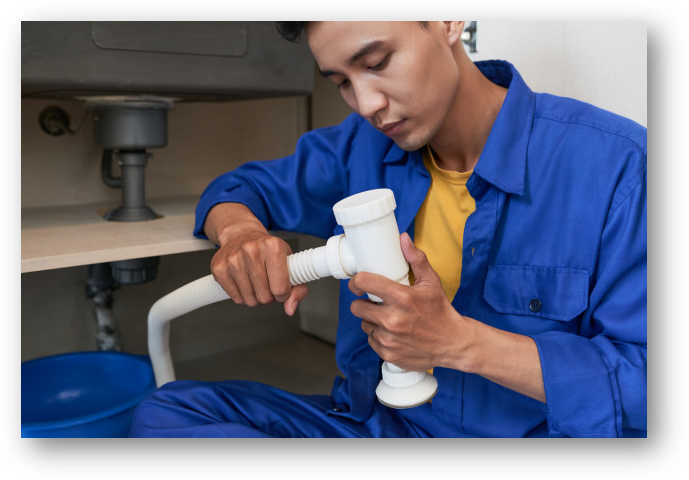

:max_bytes(150000):strip_icc()/garbage-disposal-buying-guide-2718864-hero-205069e72e6a4575b3131db47a6ace26.jpg)

































